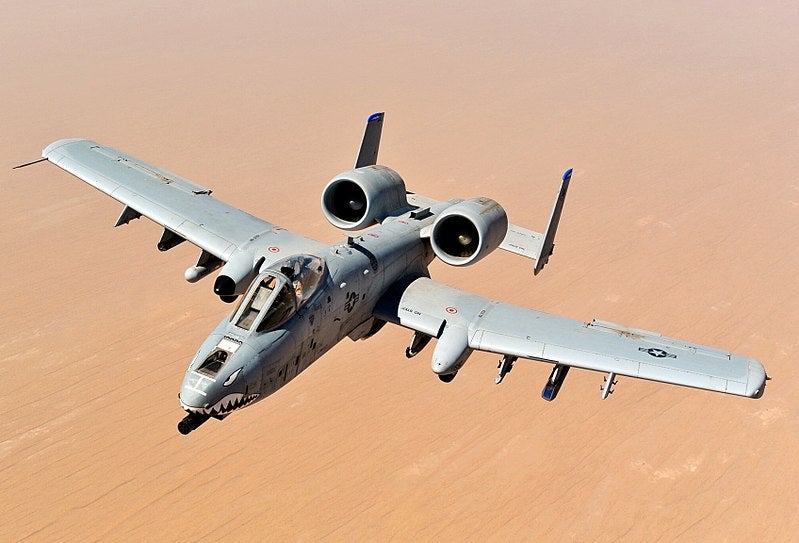
The US Air Force (USAF) has awarded a contract to Southwest Research Institute (SwRI) and Sabreliner Aviation to continue structural analysis and maintenance work of the Fairchild Republic A-10 Thunderbolt II military aircraft fleet.
According to the $1m contract, SwRI’s structural engineers will perform damage tolerance analysis for military and commercial aircraft.
In addition, the team will provide the information required for safe and effective structural management of the fleets.
The A-10 fleet, which entered service in the late 1970s, will continue service until at least 2040.
A-10 uses a flight data recording system developed by SwRI that allows engineers to understand the structural stresses associated with various flight manoeuvres.
The team of engineers characterise materials to better understand crack growth by controlled testing of aircraft materials.
How well do you really know your competitors?
Access the most comprehensive Company Profiles on the market, powered by GlobalData. Save hours of research. Gain competitive edge.

Thank you!
Your download email will arrive shortly
Not ready to buy yet? Download a free sample
We are confident about the unique quality of our Company Profiles. However, we want you to make the most beneficial decision for your business, so we offer a free sample that you can download by submitting the below form
By GlobalDataSwRI principal engineer Luciano Smith said: “For the past roughly 20 years, SwRI has been involved with maintaining and monitoring the structural integrity of the A-10. Work like this is vital to extending the lifetime of these aircraft.
“It is important to understand the stresses on the aircraft because that will tell us where cracks will grow and how fast. That also feeds into deciding how often inspections are needed.
“As these aircraft age and are updated, we are updating and modernising our analysis methods.”
In the 1980s, SwRI and Nasa developed NASGRO software that helps engineers analyse fracture and crack growth in structures and mechanical components.
Along with the A-10 Thunderbolt II, SwRI has provided technical engineering support to the T-38 Talon programmes at Hill Air Force Base (AFB) in Utah, US.
Additionally, SwRI supported sustainment for aircraft subsystems, including propulsion, avionics, electrical, mechanical, electromechanical and hydraulics technology at Tinker AFB in Oklahoma, US.







